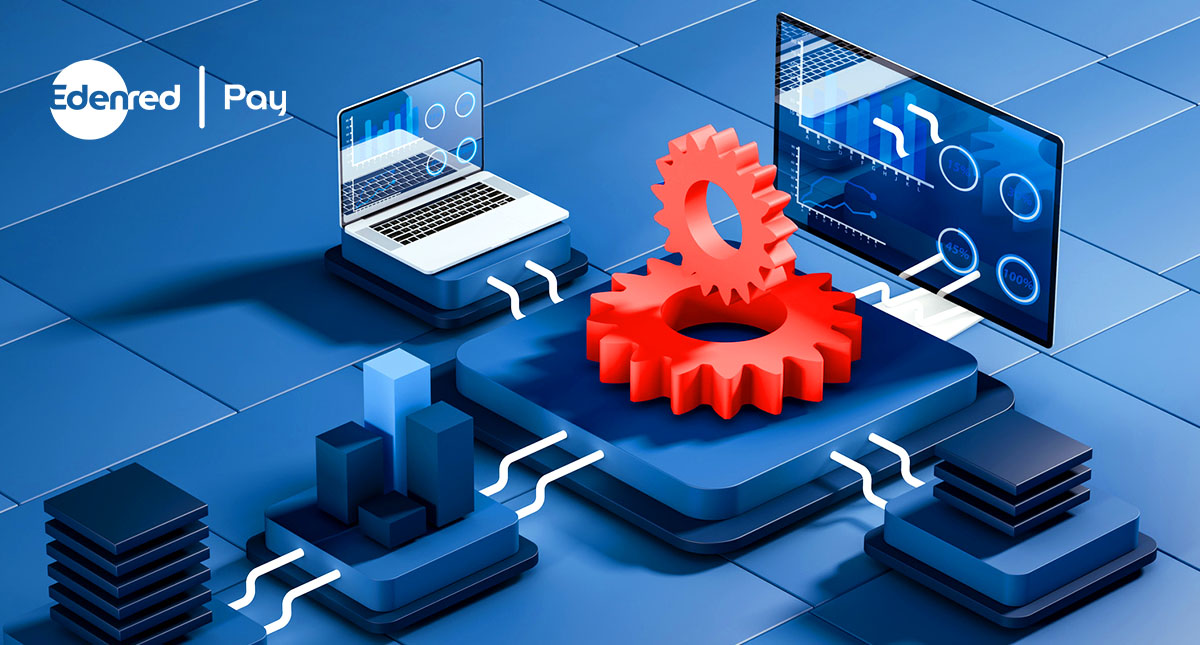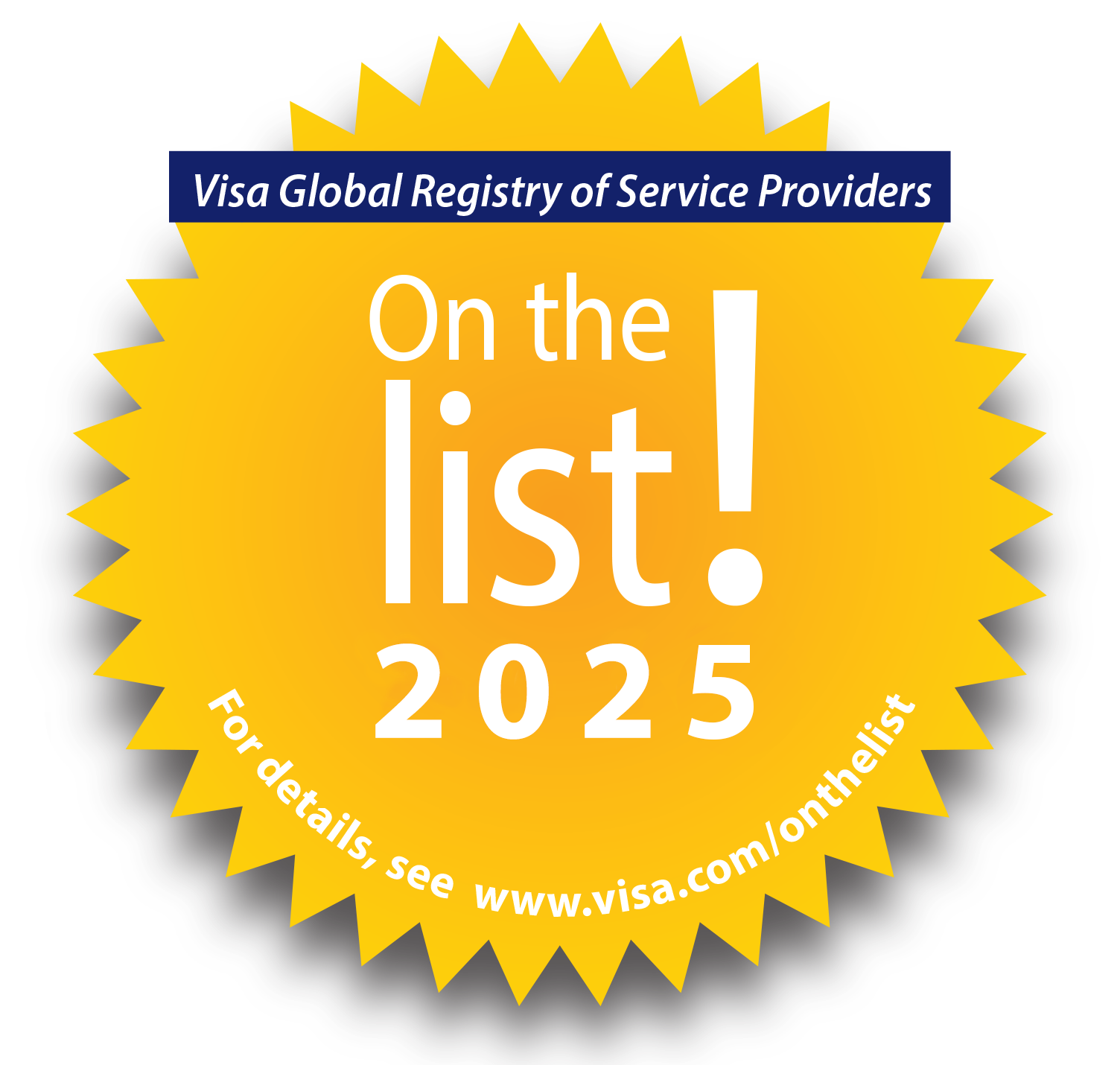Unlocking Efficiency: How Seamless Integration Transforms the Invoice-to-Pay Process

Touch-free processes are the holy grail for accounts payable (AP)The amount a company owes to suppliers for goods and services received but not yet paid. professionals.
But poor integration between the invoice-to-pay systems and enterprise resource planning (ERP) applications used by most AP departments creates a tangled mess of inefficiencies and errors.
It doesn’t have to be this way.
Leveraging an invoice-to-pay platform that seamlessly connects with an organization’s ERP or accounting softwareA system for recording and managing a company’s financial transactions, often integrated with ERP and AP solutions. package eliminates friction across the invoice-to-pay process while enhancing visibility and control. This article shows you how to achieve the benefits of seamless integration.
The challenges of disconnected systems
Poor integration between an AP solution and an organization’s ERP creates challenges across the invoice-to-pay cycle. Consider the invoice-to-pay hassles created by disconnected systems:
- Inconsistent data. In an environment with disconnected systems, staff must re-key or manually upload invoice data into an ERP (so-called “swivel chair accounting”). Manual processes inevitably result in data discrepancies that can potentially result in delayed or erroneous payments to suppliers and make it difficult for AP to close the financial books.
- Poor visibility. Disconnected systems make it difficult for AP staff to know where invoices stand in the process and to track spending, predict cash flow, and optimize payments.
- Process inefficiencies. The last thing that overworked AP staff need is wasted effort. But disconnected systems can bog the invoice-to-pay cycle down with time-consuming manual tasks and back-and-forth emails and logins into multiple systems to track information down.
- Delays. Without real-time synchronization between an invoice-to-pay solution and ERP, invoices can become hung up, leading to late payments and strained supplier relationships.
- Higher costs. The manual processes required to workaround disconnected systems saps employee productivity, contributes to higher labor costs, and makes it harder to scale.
- Fraud and compliance issues. Things are more likely to slip through the cracks when an AP department relies on manual processes, increasing the risk of fraud and compliance issues.
At a time when AP departments are under tremendous pressure to “do more with less” and deliver more timely insights to decision-makers, these challenges can create major headaches for AP.
Benefits of seamless ERP integration
Tight integration between AP systems and legacy ERPs pays big dividends for AP departments.
- Accelerated workflows. Seamless ERP integration allows for the smooth exchange of data between an invoice-to-pay platform and ERP, with no need for human operator intervention. Faster workflows can create more opportunities to capture lucrative early payment discounts.
- Transparency. Seamless integration between an invoice-to-pay platform and an ERP provides real-time visibility into the status of invoices as well as insights into spending and cash flow. Users can get a 360-degree view of invoices, purchase orders, and receipts.
- Efficiency. Seamless ERP integration eliminates the manual keying, paper shuffling, and other manual, repetitive tasks that waste employee time. Invoices can be automatically matched to purchase orders and/or receipts in an ERP. Matched invoices can be posted directly to the ERP touch-free. And complete invoice data is instantly available.
- Improved accuracy. Seamless data flows significantly reduce the possibility of errors and discrepancies that can result in incorrect payments or delay or skew the financial closeThe process of finalizing all accounting entries at the end of a reporting period to produce financial statements. G.
- Increased control. Seamless ERP integration makes data easier to track, control, and audit.
- Faster paymentsA general term for modern payment methods that allow funds to move quickly – often in seconds – between financial institutions.. Seamless integration between an invoice-to-pay platform and an ERP allows users to effortlessly initiate any type of payment from a single solution without having to log into multiple bank portals. Some invoice-to-pay platforms can be embedded in an ERP, enabling users to initiate payments to suppliers from the familiar screens of their system of record. And payments can be automatically reconciled in real-time in an ERP.
- Stronger supplier relationships. Seamless integration facilitates better communication with suppliers regarding the status of invoices and the details of payments. Some invoice-to-pay platforms even enable suppliers to access these insights themselves through a portal.
These are some of the reasons that more AP leaders are prioritizing seamless ERP integration.
How to ensure your platform is truly integrated
There are lots of invoice-to-pay solutions there that claim to provide seamless ERP integration. Choosing one that doesn’t live up to its billing can set an AP department back. Here are some key considerations when evaluating the integration capabilities of prospective invoice-to-pay solutions.
- Track record. Uncover whether prospective solutions providers have integrated their invoice-to-pay platform with your legacy ERP.
- Open architecture. Prioritize invoice-to-pay platforms with a track record of using Application Programmer Interfaces (APIs) for connecting to your legacy ERP system.
- Data mapping. Ask prospective invoice-to-pay solutions providers how their platform maps data fields to your legacy ERP.
- Flexible workflows. Look for invoice-to-pay solutions providers with digital workflows that can be configured to your legacy ERP. Be on the lookout for rigid workflows that will disrupt the workflows already established in your ERP.
- Security. Be sure that prospective invoice-to-pay solutions have user access permissions, segregation of duties, and other built-in controls for protecting your sensitive data.
These considerations will help your department choose the right integrated invoice-to-pay platform.
Conclusion
An ERP is the financial nerve center of an organization. To ensure efficiency, visibility, and control, data must flow smoothly between an invoice-to-pay platform and your ERP. The strategies in this article will help ensure that your organization chooses the best integrated invoice-to-pay platform.

Ready to elevate your B2B payments?
Whether you are automating for the first time, ready to refresh your existing technology, or looking for ways to complete the ‘last mile’ of automation, Edenred Pay can help. Let’s chat about your needs.






